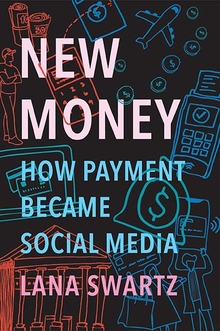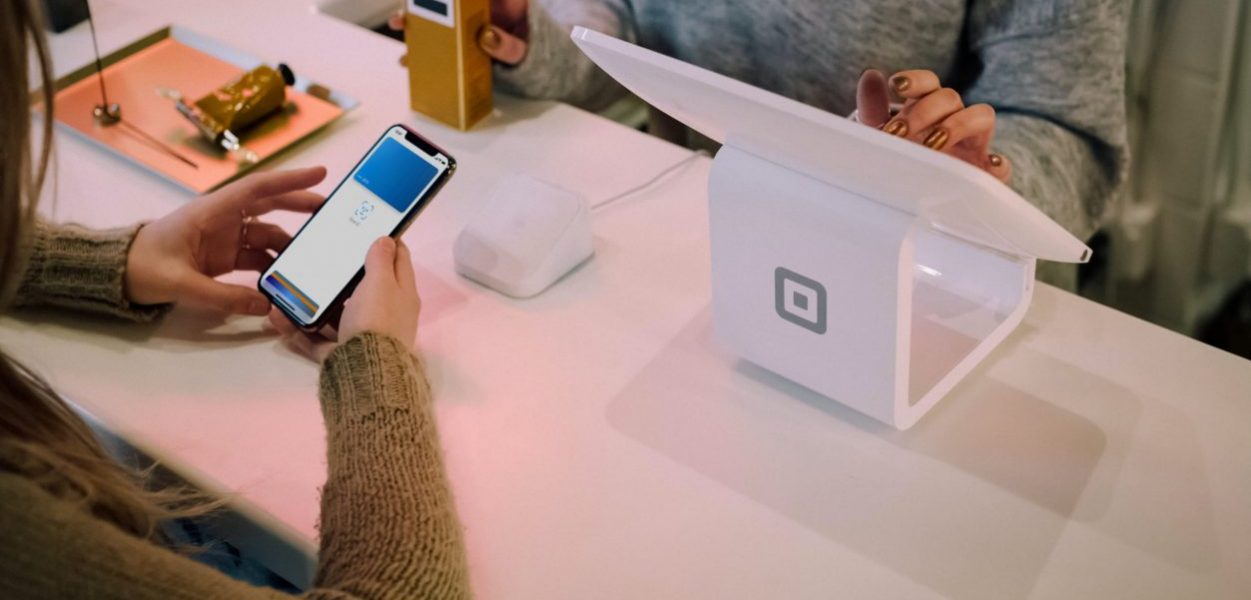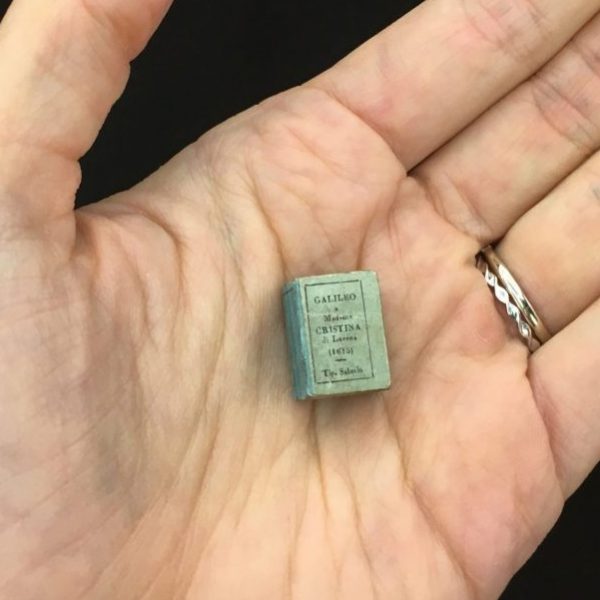Venmo’s “Social Feed” as Financial Scrapbooking
Lana Swartz—
In2017 New Yorker comic, Olivia de Recat presents a series of hand-drawn Venmo transactions and decodes what they really mean. Venmo, currently the most widespread person-to-person payment app in the United States, allows individuals to pay their friends directly. According to reporting in the business press, Venmo is unusually popular among “millennials,” who use it to divvy up shared monthly expenses among roommates or settle up restaurant tabs when dining in a group in which no one has cash and the server is reluctant to split the check. People can invoice their friends for money, as well as send it to them. Venmo includes a “social feed” of payments: when one person pays another, the transaction is made visible to all of both people’s friends, not unlike a Facebook news feed or Twitter stream. Users are obliged by the platform to annotate their transactions with notes. For example, a user might add martini-glass emojis when paying a friend back for a round of drinks.
In de Recat’s comic, the feed of transactions starts out innocuous: “Susan paid Kim”—light bulb, electrical plug—and the explanation, “Susan is paying her share of the electric bill.” Then things take a turn for the heartrendingly personal: “Your ex”—the comic addresses its reader in the second person—makes an appearance, and “you” can’t look away. Through a series of emoji annotated transactions, you can see that your ex has gone out for beers with a work friend he once claimed to hate, that he’s “being a martyr” by insisting on paying his roommate back some small amount of money, that he’s going out for coffee with a mutual friend and there’s no doubt they’ve “talked about how bad you’re doing.”
And then you see it: Chloe has paid for your ex and captioned the transaction with sushi and smiley face. The evidence is clear: “Your ex is having sex with some girl named Chloe.” You click on Chloe’s feed. She charged your ex for John Mayer, indicating that he took her to the concert with tickets you bought him for his birthday! But wait a minute. Chloe is also doing all sorts of things you find kind of cool. She paid her friend Samantha for “Lichtenstein at the Broad Museum,” an exhibit you’ve been meaning to check out. She paid Austin for “poetry reading.” You wonder, “Maybe she’ll be at the pop-up show this weekend and you’ll meet really organically.”
You do indeed meet, “really organically” of course. These days, you’re paying Chloe—palm tree, sunshine—because “You went to the beach and discussed how weird your ex’s feet are, how he never fully washes his dishes, and how his relationship with his sister is kind of unsettling.” And your ex is getting paid by some new girl named Piper—hamburger, heart—and you know what that means. And then the comic comes full circle: “Chloe paid you”—light bulb emoji, electrical plug emoji—and the explanation, “Chloe is paying her share of the electric bill.”
Breaking up, starting new friendships, moving into new apartments. Venmo is a scrapbook, a shoebox stuffed full of receipts and stories. A scroll back through a Venmo feed reveals a thousand memories, silly, shameful, and precious. The narrator of Marcel Proust’s In Search of Lost Time nibbles a madeleine dipped in tea and is taken on a journey through his own past, a flight of nostalgia that constitutes his vast novel series, which is itself a meditation on memory and modernity. Today’s “Proustian moment” might be triggered instead by a Venmo transaction: “You paid Aunt Léonie for Starbucks”—where, conveniently, both madeleines and tea are currently sold. Sadly there is no madeleine emoji to use on Venmo.
From New Money by Lana Swartz. Published by Yale University Press in 2020. Reproduced with permission.
Lana Swartz is assistant professor of media studies at the University of Virginia. She is the coeditor of Paid: Tales of Dongles, Checks, and Other Money Stuff.
Further Reading:



























